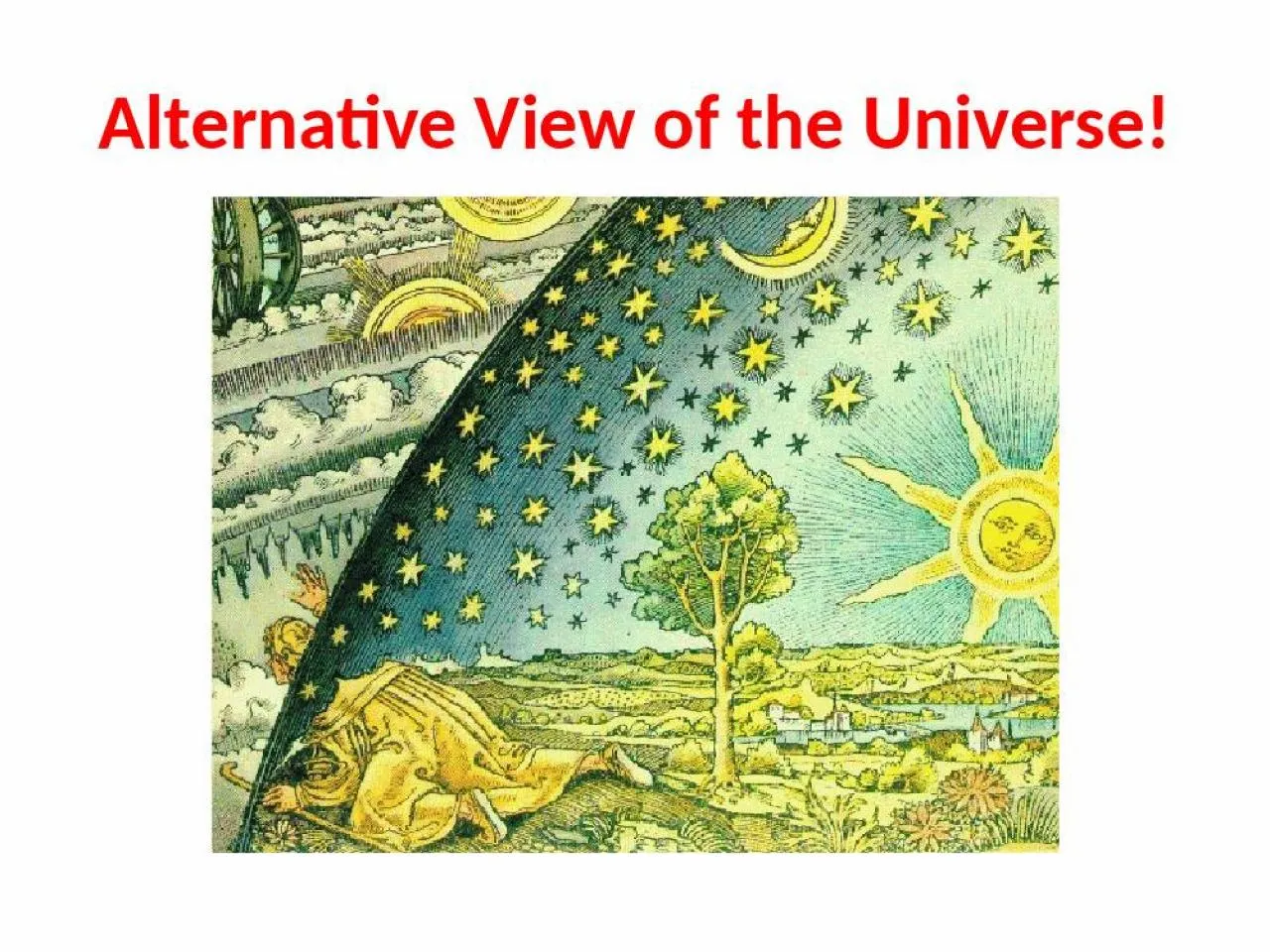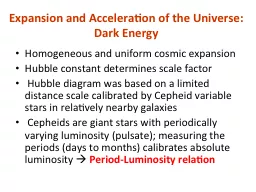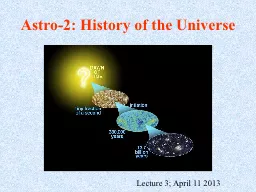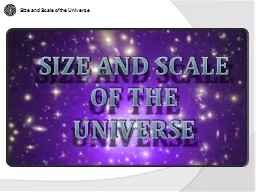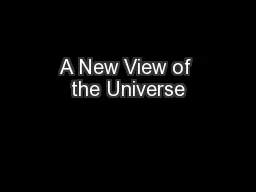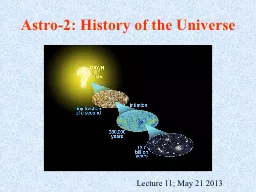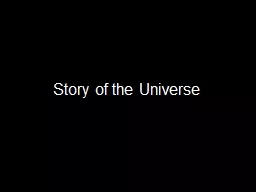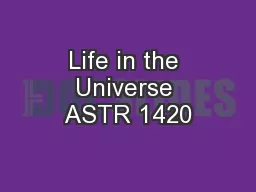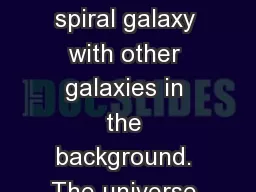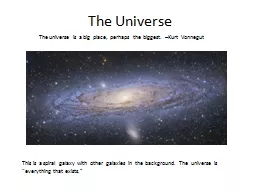PPT-Alternative View of the Universe!
Author : murphy | Published Date : 2022-05-31
Back to the Beginning Big Bang Misnomer Expansion not explosion No center or edges isotropic and homogeneous Redshift of galaxies and nuclei of galaxies with
Presentation Embed Code
Download Presentation
Download Presentation The PPT/PDF document "Alternative View of the Universe!" is the property of its rightful owner. Permission is granted to download and print the materials on this website for personal, non-commercial use only, and to display it on your personal computer provided you do not modify the materials and that you retain all copyright notices contained in the materials. By downloading content from our website, you accept the terms of this agreement.
Alternative View of the Universe!: Transcript
Download Rules Of Document
"Alternative View of the Universe!"The content belongs to its owner. You may download and print it for personal use, without modification, and keep all copyright notices. By downloading, you agree to these terms.
Related Documents

